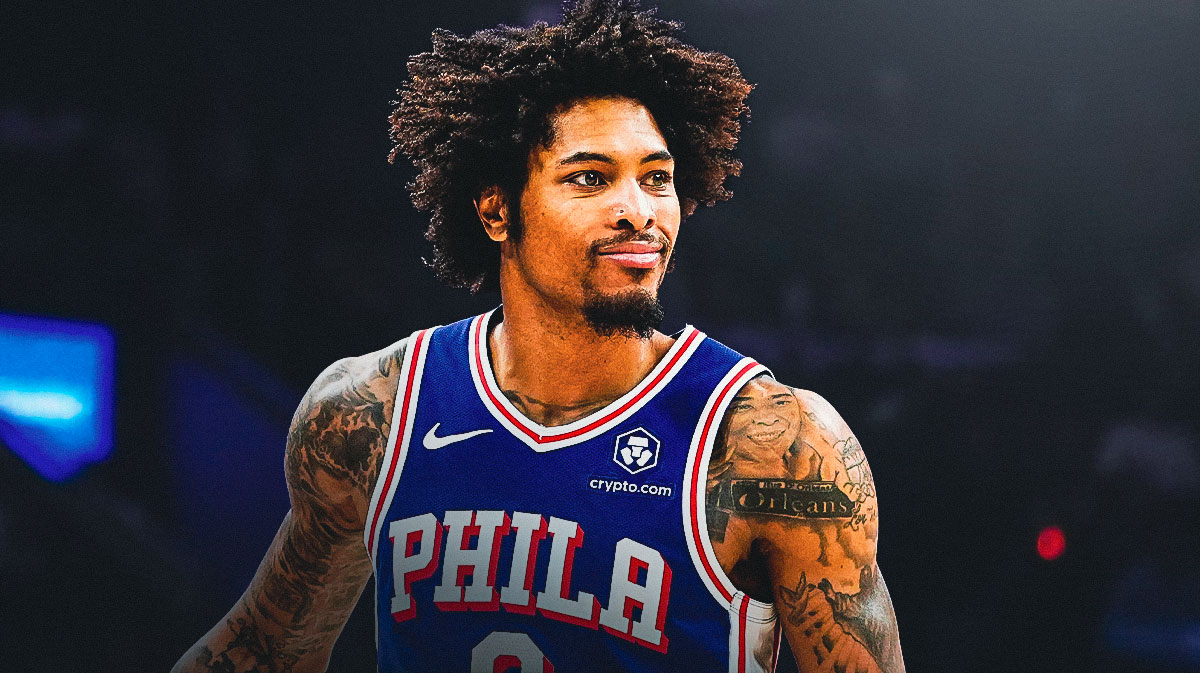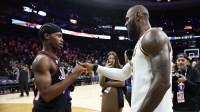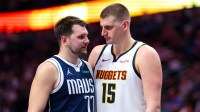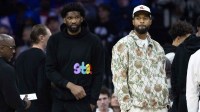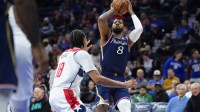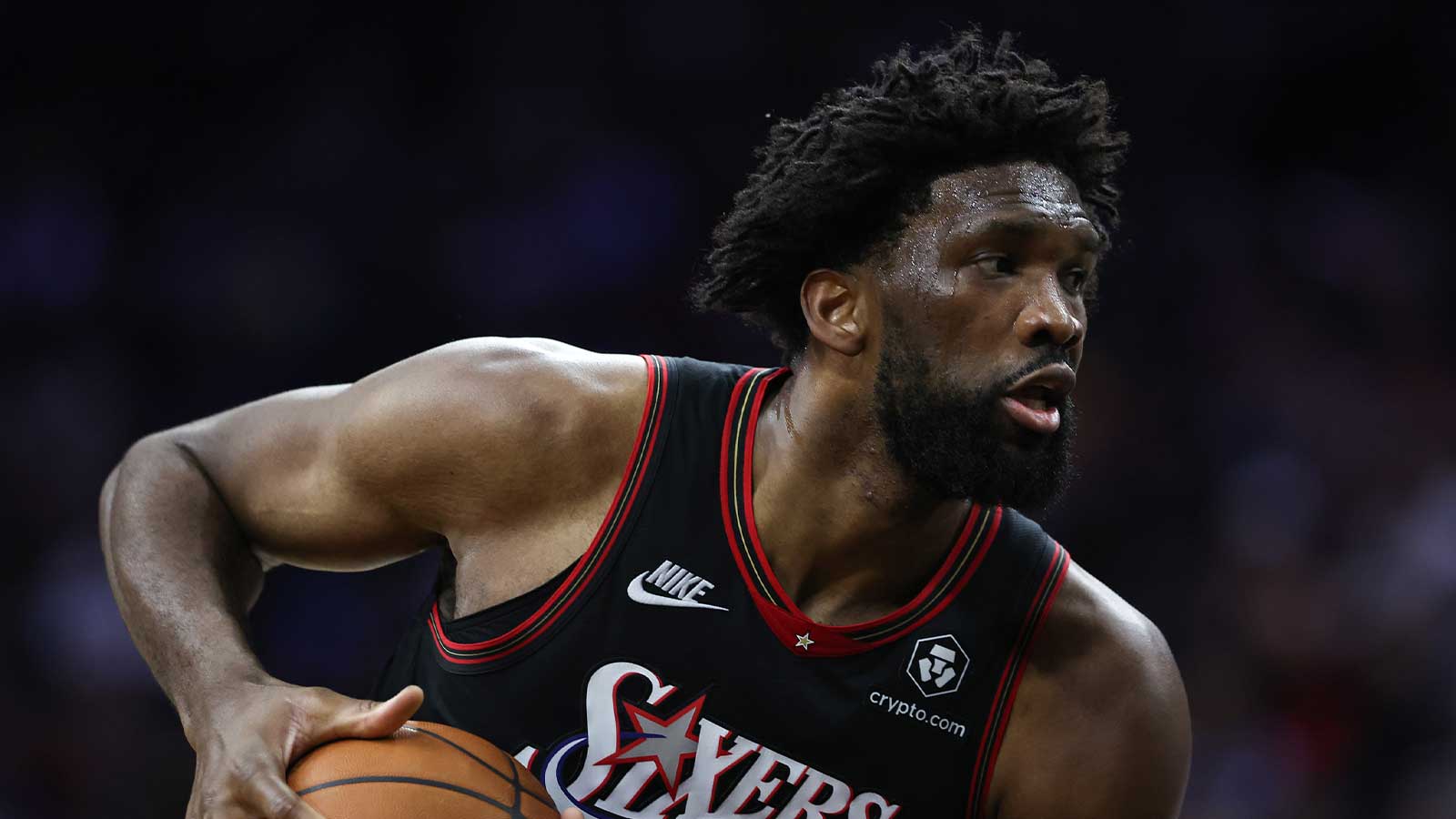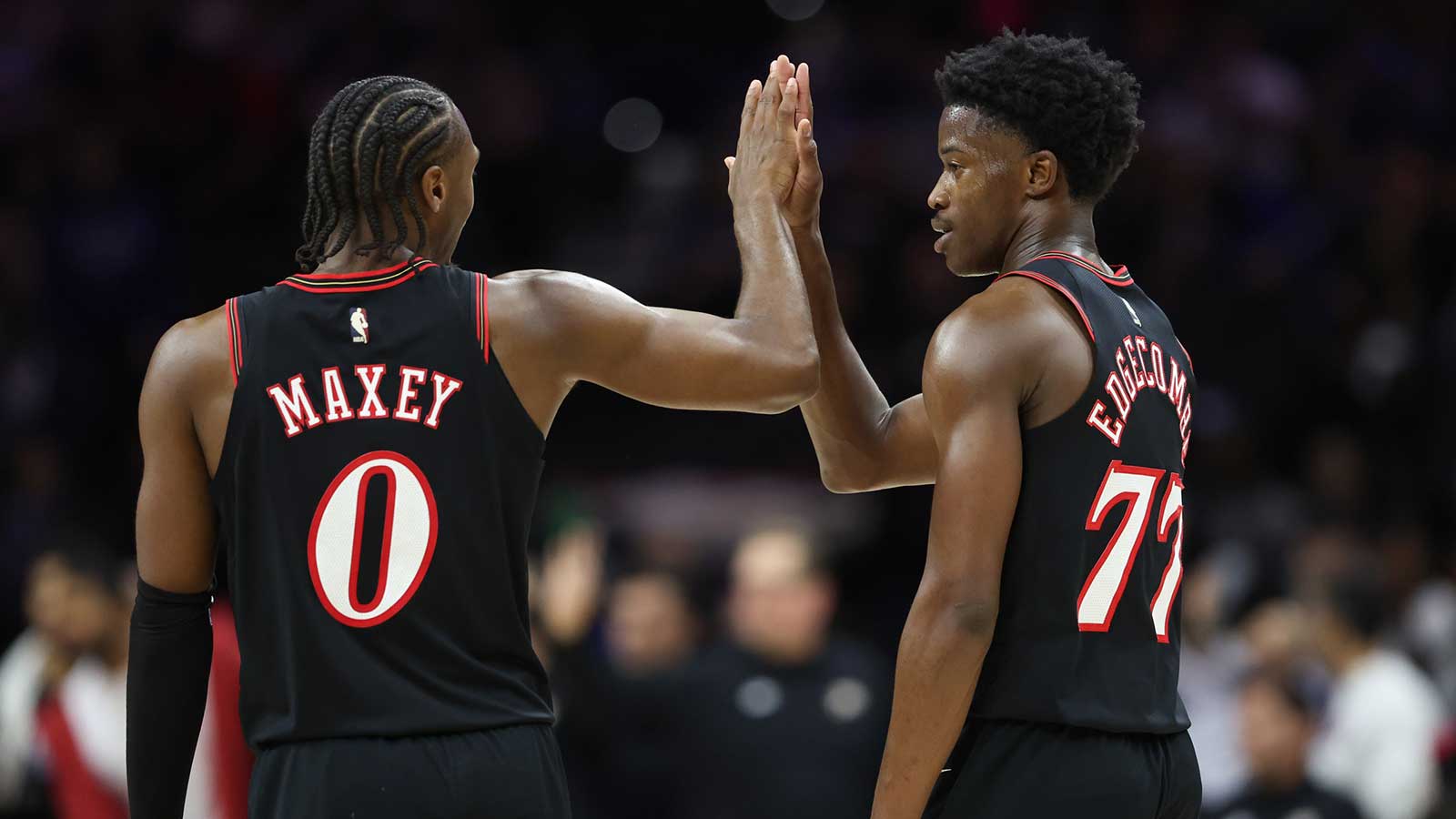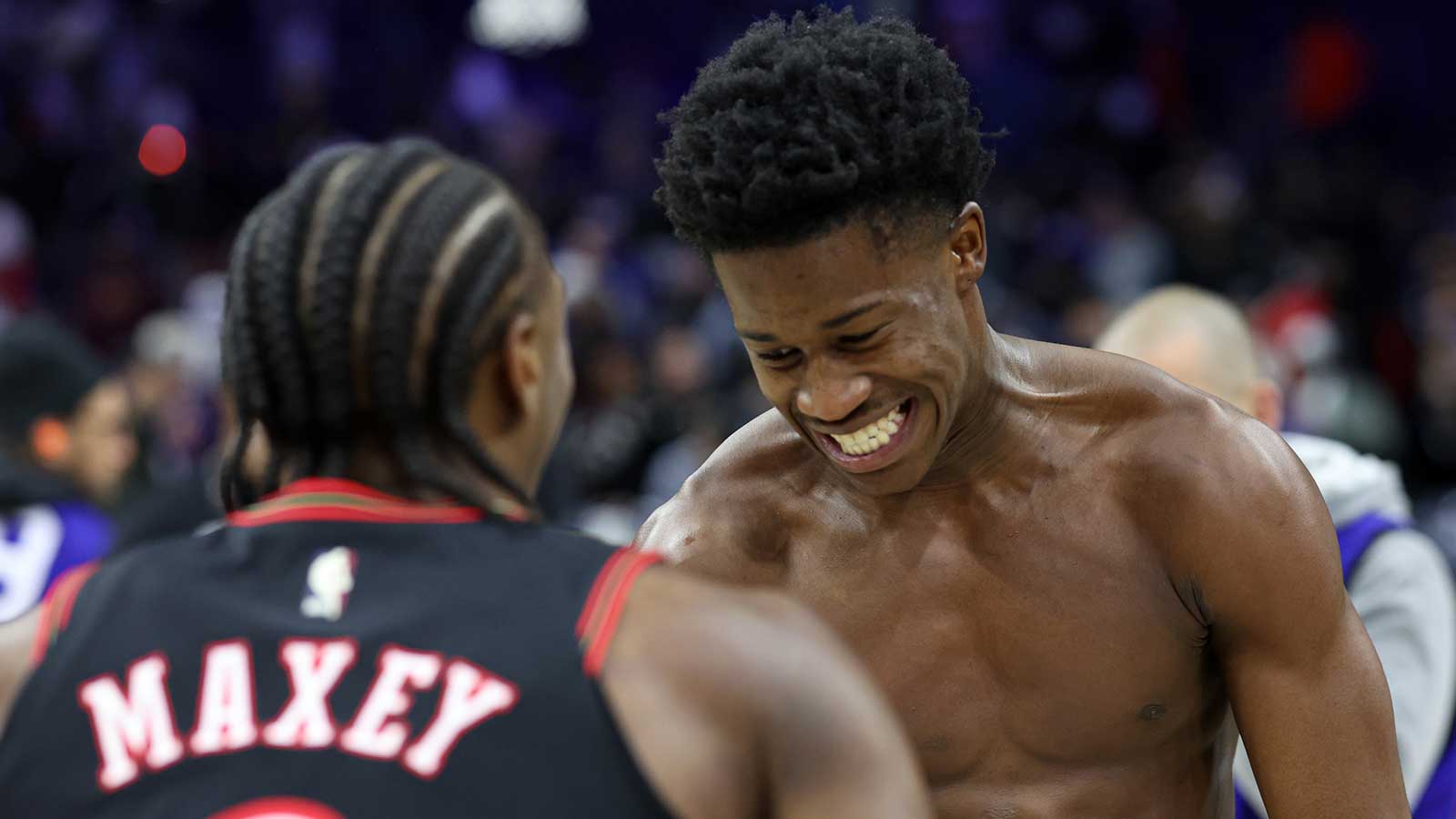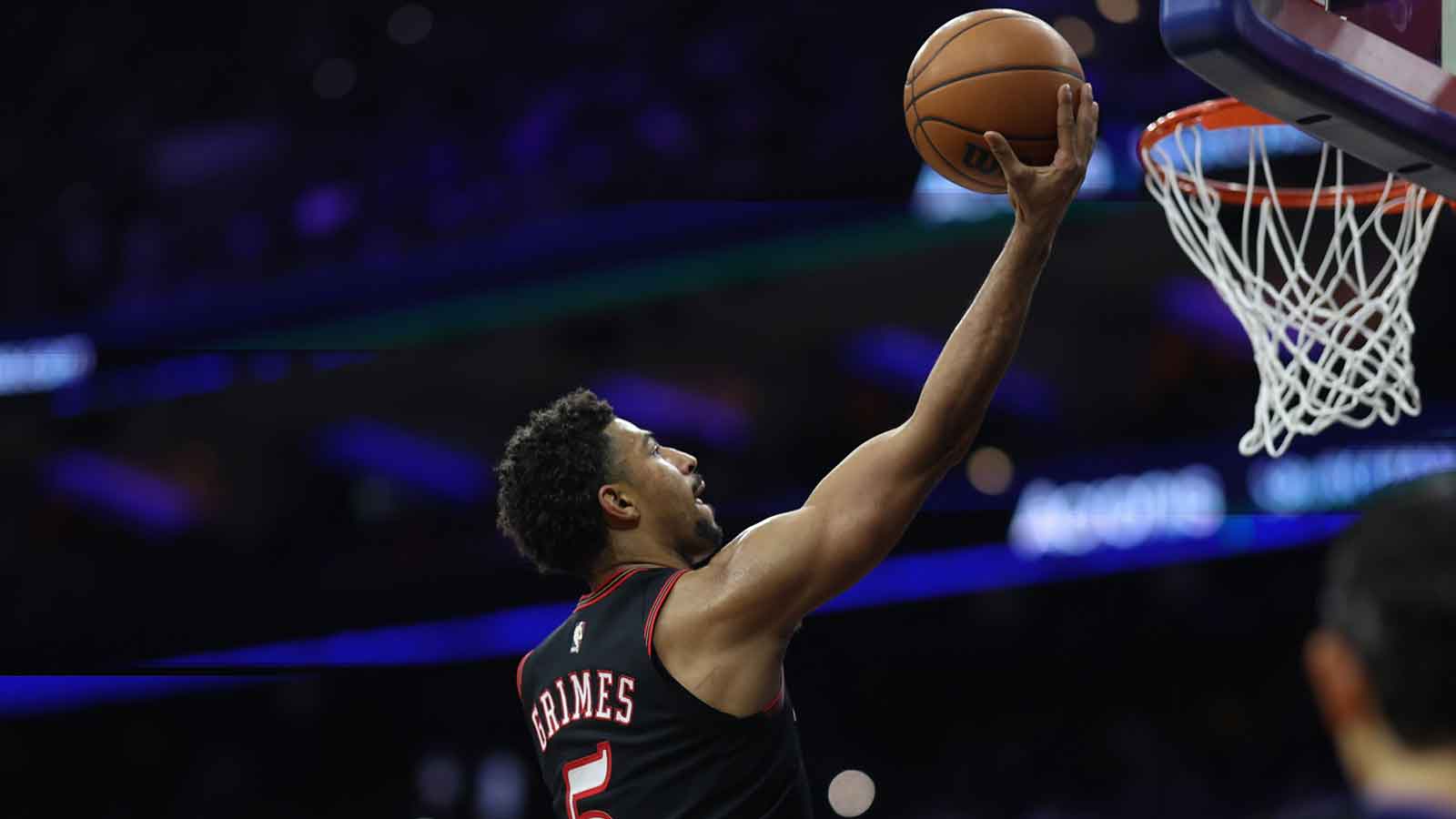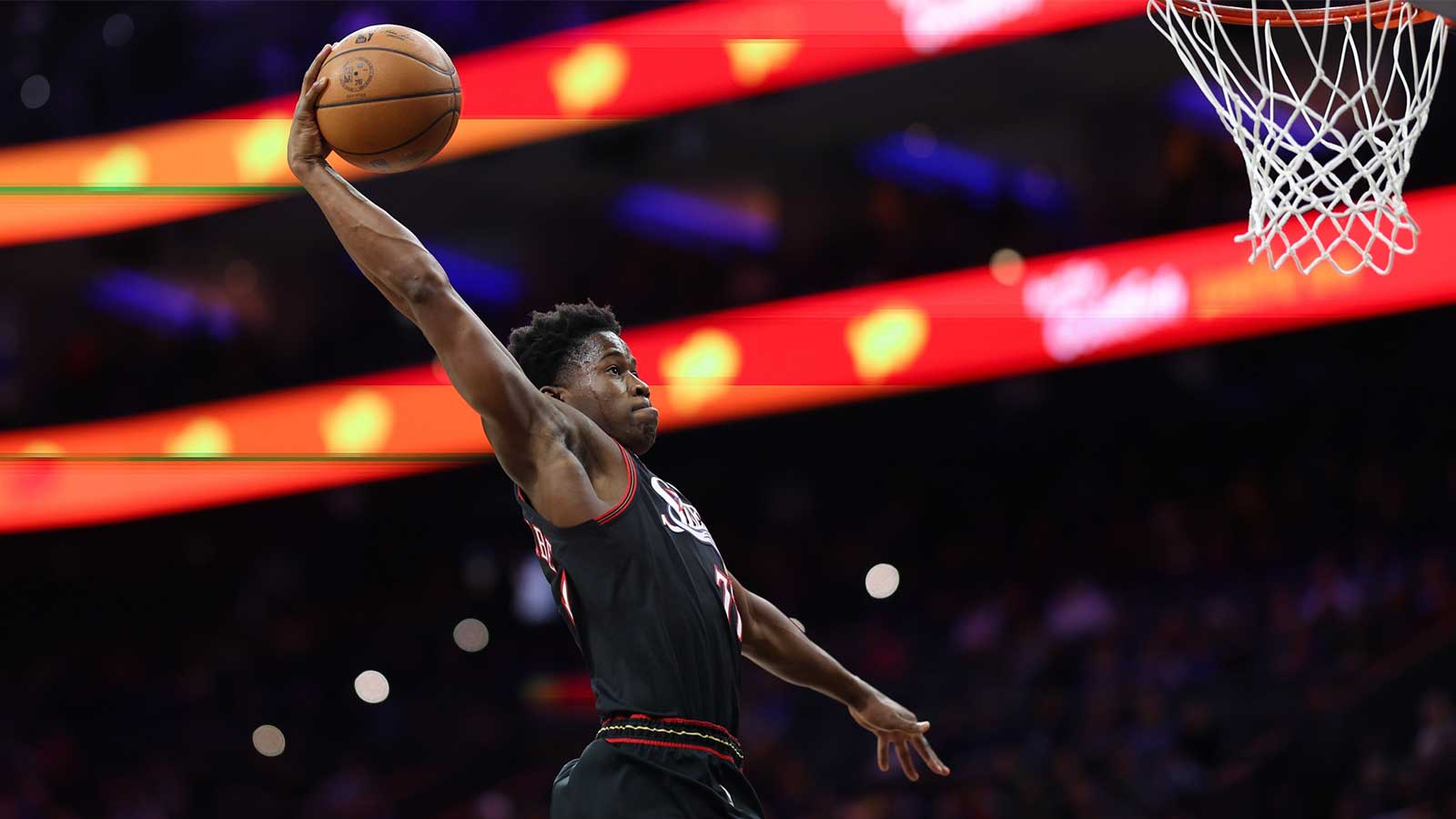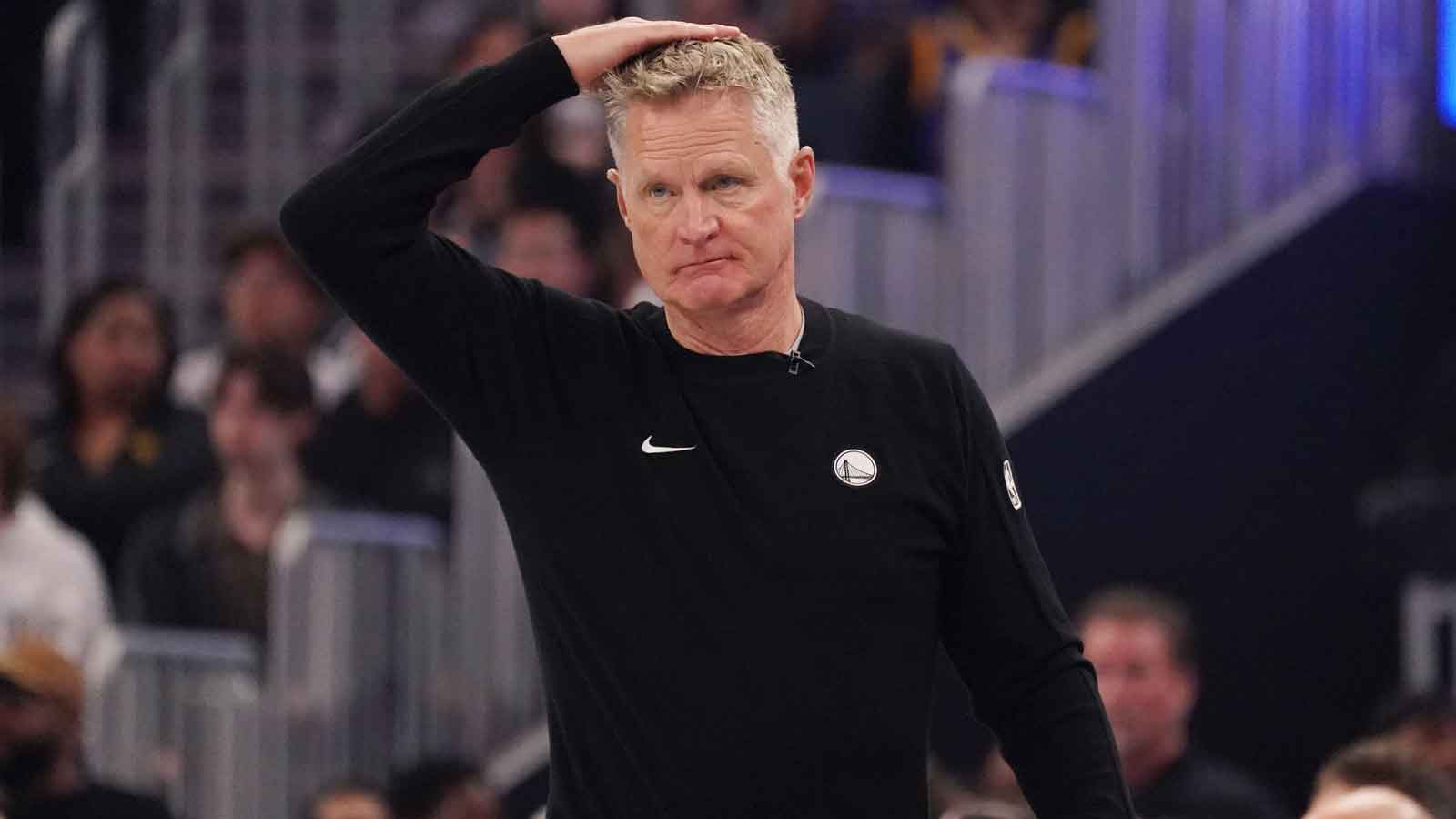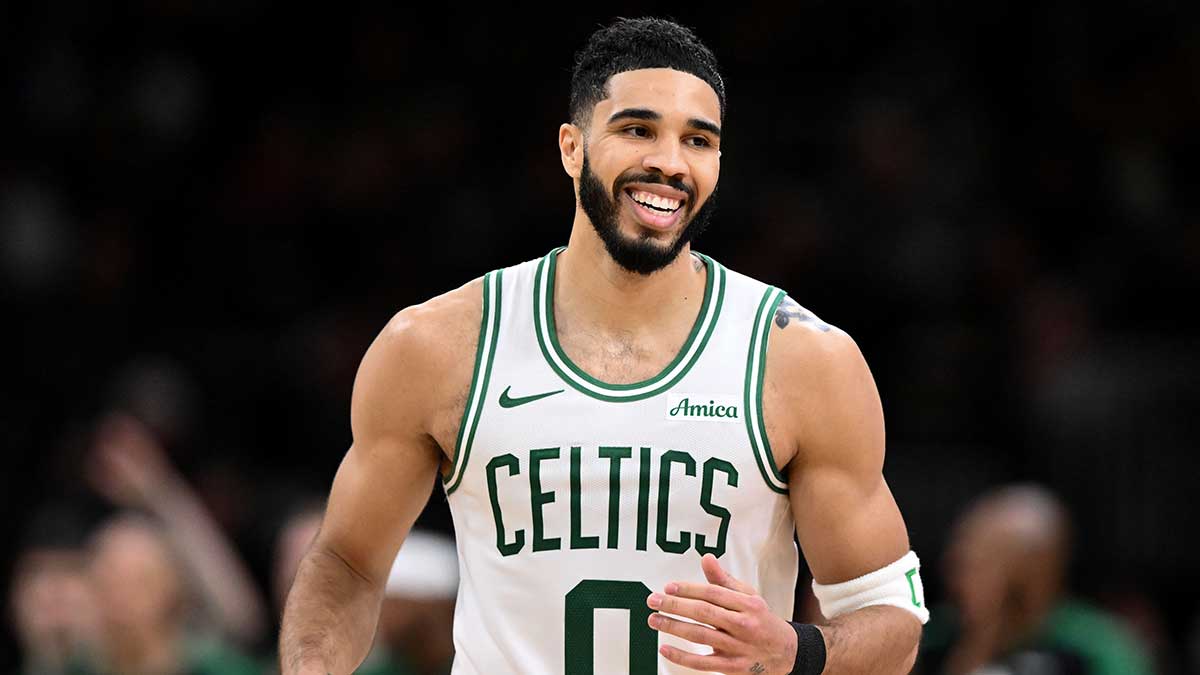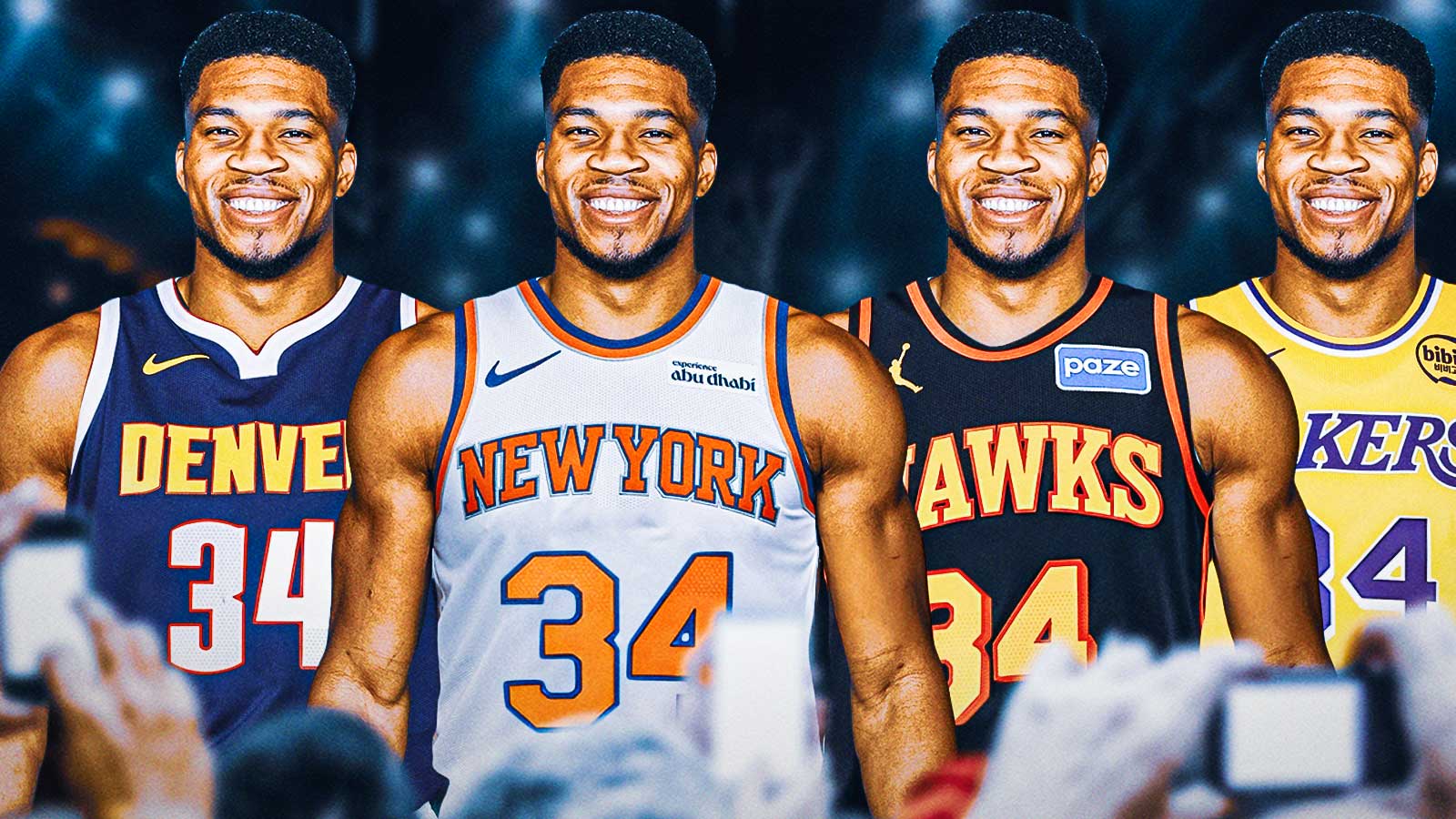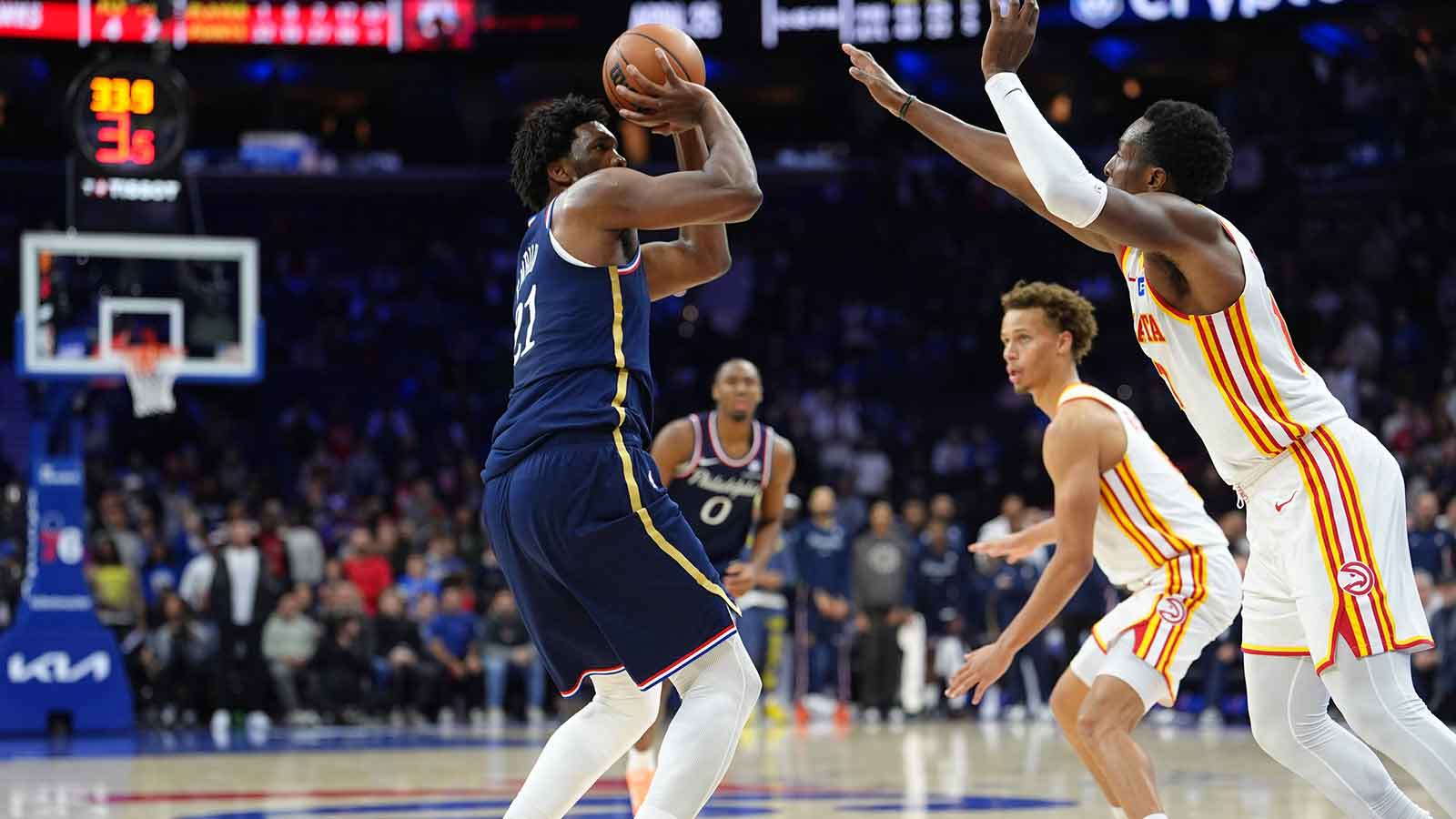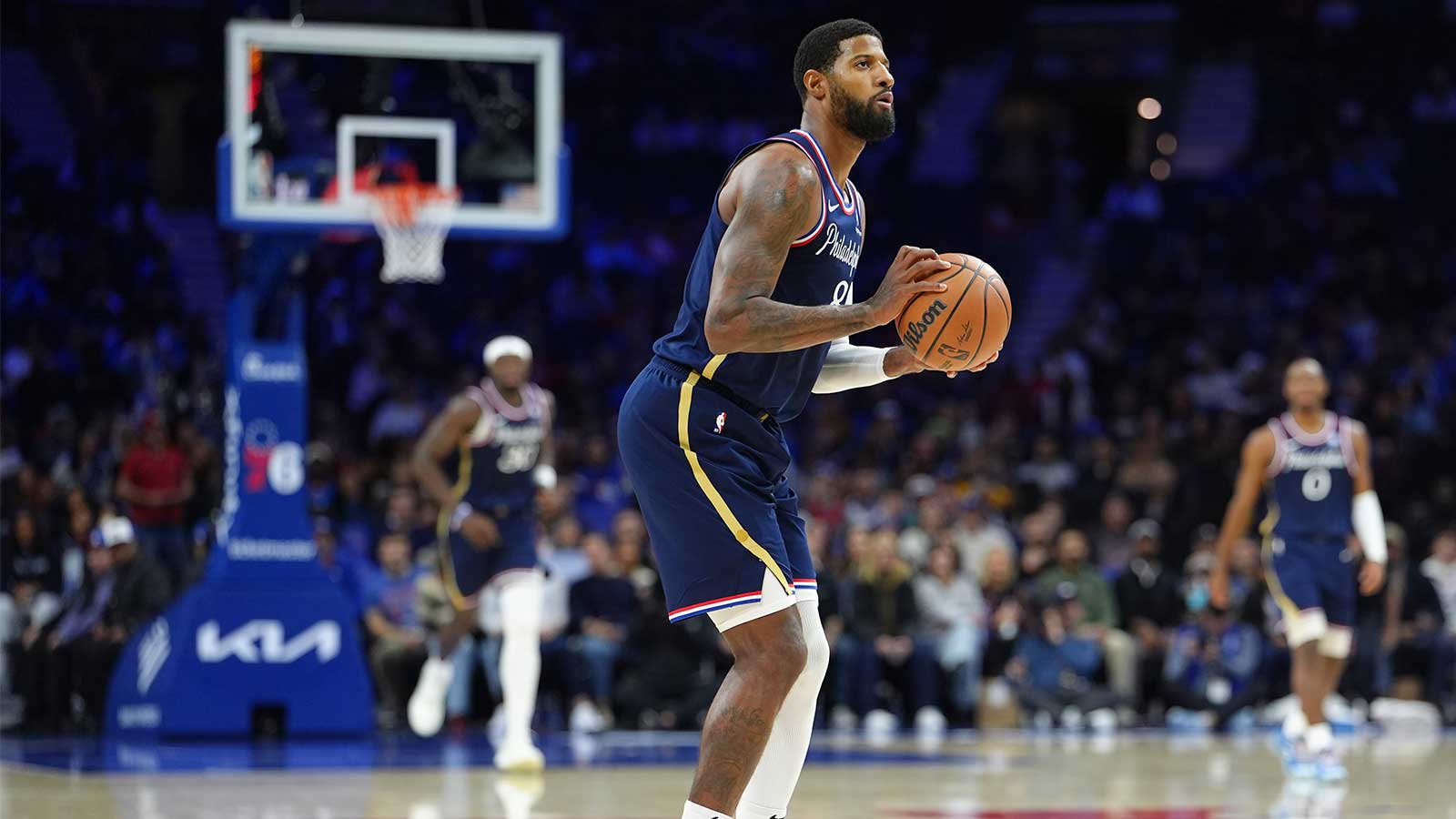Kelly Oubre Jr. enters the 2025-26 season as arguably the most vulnerable starter on the Philadelphia 76ers roster. Despite his solid contributions over the past two seasons and his role as a steadying presence during Philadelphia's tumultuous 2024-25 campaign, the veteran wing faces mounting pressure from an influx of young talent and organizational changes that could push him to the bench.
The 29-year-old forward finds himself in a precarious position as the 76ers prepare for training camp. While Oubre has been a consistent starter throughout his tenure in Philadelphia, averaging 15.1 points and 6.1 rebounds per game last season, his job security has become increasingly tenuous due to his shooting struggles and the emergence of promising younger players.
Kelly Oubre Jr.'s Shooting Concerns Remain Primary Issue

Oubre's most glaring weakness continues to be his inconsistent three-point shooting, which has plagued him throughout his Philadelphia tenure. Last season, he shot just 31.1% from beyond the arc, well below league average. His career three-point percentage sits at 32%, with only brief stretches of efficiency at 34-35% in limited seasons.
This shooting deficiency becomes particularly problematic when considering the 76ers' need for floor spacing around their star trio of Joel Embiid, Tyrese Maxey, and Paul George. With the team prioritizing offensive efficiency and ball movement, Oubre's reluctance to take and make open three-pointers could force head coach Nick Nurse to reconsider his role in the starting lineup.
The organization's apparent willingness to explore trades involving Oubre further underscores their concerns about his fit. Reports suggest the front office is considering flipping both Oubre and Andre Drummond's expiring contracts to create financial flexibility, indicating they view the veteran wing as expendable despite his contributions.
Youth Movement Creating Competition
The primary threat to Oubre's starting position comes from the franchise's investment in youth, particularly rookie VJ Edgecombe and second-year forward Justin Edwards. Edgecombe, selected third overall in the 2025 NBA Draft, has already been highlighted as a high-impact newcomer who could immediately contribute to the rotation. The 6-foot-5 guard brings elite athleticism and defensive versatility that could make him an attractive option alongside the team's established stars.
Edwards, meanwhile, has emerged as a legitimate 3-and-D candidate after averaging 10.1 points and shooting 36.3% from three-point range during his impressive rookie campaign. The Philadelphia native has already earned a three-year contract extension, signaling the organization's belief in his long-term potential as a key rotation piece. His ability to provide reliable floor spacing and improved defensive consistency could make him a more appealing option than Oubre in certain lineups.
The depth chart battle extends beyond just these two players. Quentin Grimes, though currently unsigned as a restricted free agent, is expected to return and could factor into the starting lineup discussion. His strong performance after joining the team mid-season, averaging 21.9 points, 5.2 rebounds, and 4.5 assists over 28 games, has made him a valuable asset who may command significant playing time.
Defensive Value vs. Offensive Limitations
While Oubre's shooting remains problematic, his defensive contributions have kept him relevant in Philadelphia's rotation. He adapted well to Nurse's switching defensive schemes, using his length and athleticism to guard multiple positions. His ability to generate deflections and steals, leading to easy transition opportunities, provides tangible value that shows up beyond traditional box score statistics.
However, even his defensive impact comes with caveats. Oubre's aggressive style sometimes leads to overcommitment in passing lanes and allows too much penetration, resulting in a higher foul rate. As younger players like Edwards and Edgecombe develop their defensive instincts and systems knowledge, Oubre's defensive edge may diminish.
The 76ers ranked their projected starting lineup 14th league-wide, with analysts noting that the lack of a natural power forward forces either Paul George or Oubre into unfamiliar positions. This positional ambiguity creates additional uncertainty about Oubre's role, particularly if the team experiments with different lineup combinations during training camp.
Training camp will serve as the crucial proving ground for Oubre's starting status. With the 76ers scheduled for a league-high 16 back-to-back games and injury concerns surrounding both Embiid and George, depth and versatility will be paramount. If younger players demonstrate they can provide similar production with better shooting efficiency and lower financial commitments, the organization may opt for a youth-focused approach.
The veteran's experience and proven ability to contribute in high-pressure situations work in his favor, but the combination of shooting struggles, organizational cost-cutting measures, and emerging young talent creates a perfect storm that could push him to a bench role. As Philadelphia prepares for what many consider a make-or-break season, Oubre's ability to adapt and improve his weaknesses will ultimately determine whether he retains his starting position or transitions to a valuable sixth-man role.

